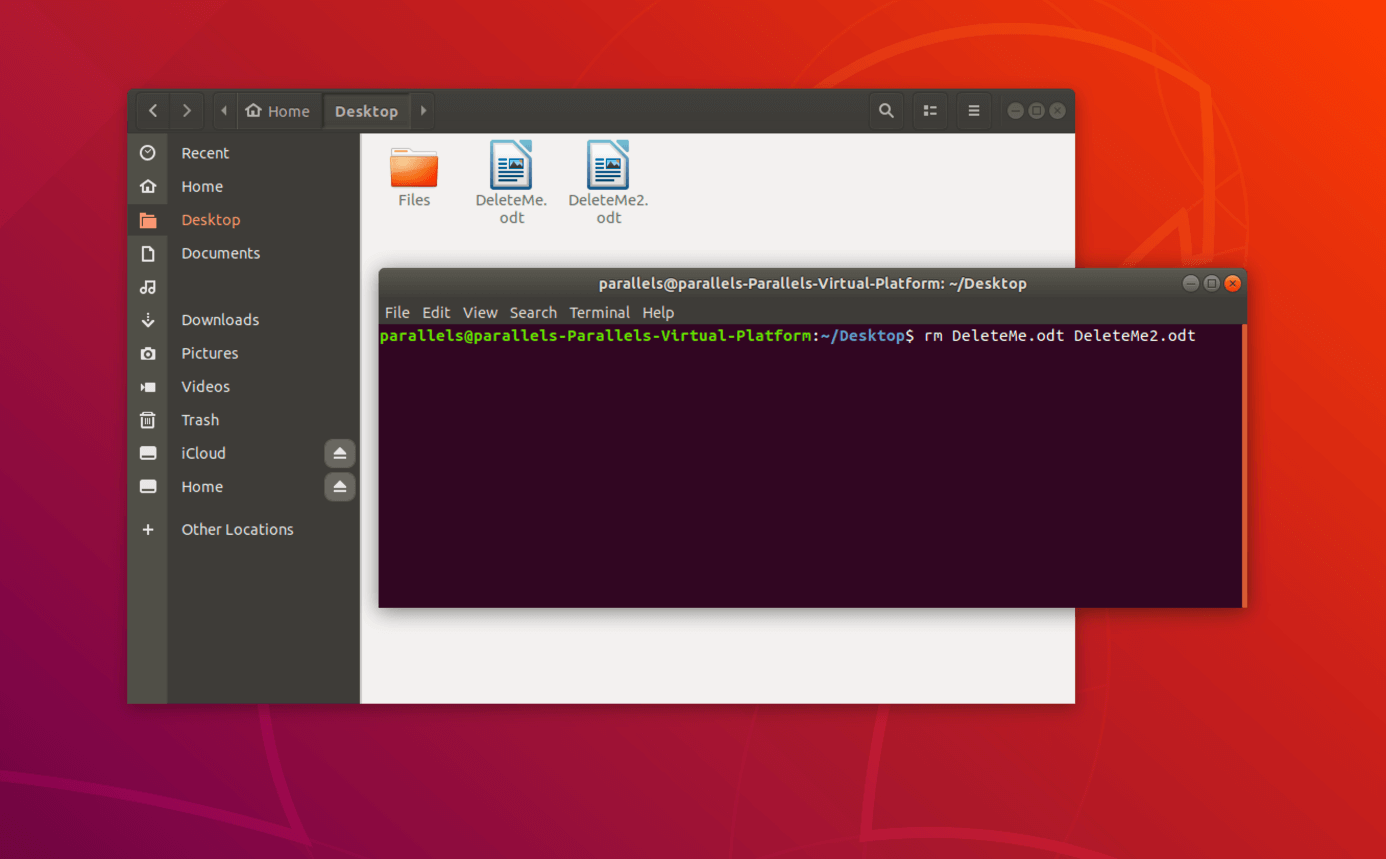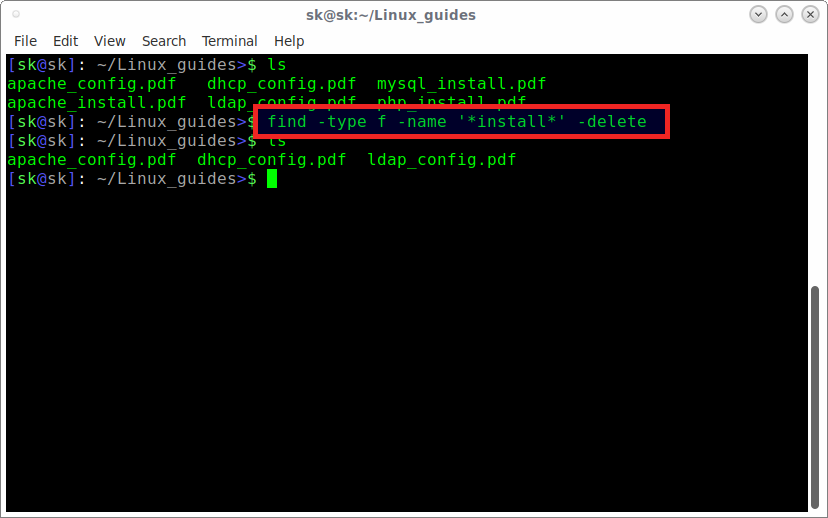Use the tail command to remove the first line of the text file. In the following example, we will use the tail command -n option to remove the first line of the file. tail -n x just print the last x lines. tail -n 3 would give you the last 3 lines of the input. The + sign kind of inverts the argument and make tail print anything but the first x.. You can use sed to delete lines in place with the -i option: $ cat foo.txt bar baz lorem $ sed -i '1d' foo.txt $ cat foo.txt baz lorem You can also delete a range of lines; for example sed -i '1,4d' foo.txt will remove lines 1-4. EDIT: as don pointed out in the comments, the -i option still creates a copy.

How to delete empty lines using sed command under Linux / UNIX nixCraft

Unix & Linux Delete up to first occurrence, edit that line and print the remaining lines

Unix & Linux Command to remove the first N number of lines in input (2 Solutions!!) YouTube

How to display the first line and the last few lines of a file in Linux

Unix & Linux First and last five lines of file (2 Solutions!!) YouTube

How to delete files in linux/unix

Unix Sed Command to Delete Lines in File Top 10 Examples LPI Central

Linux Command Line (11) Delete Files and Directories YouTube

How to delete empty lines in a text file in linux/unix

Unix Sed Command to Delete Lines in File 15 Examples LPI Central

How to delete files in Linux IONOS

Linux / Unix Display First Line of a File nixCraft

Find And Delete Files That Contains A Specific Text In Their Names In Linux

How to Remove (Delete) Files in Linux Linuxize

Unix & Linux How do I delete the first n lines and last line of a file using shell commands

Remove or ignore all comment lines from Linux config files Linux Tutorials Learn Linux
![[Linux basic] Copy, delete, and move commands for Linux files [Linux basic] Copy, delete, and move commands for Linux files](https://meterpreter.org/wp-content/uploads/2020/01/rmcommand.png)
[Linux basic] Copy, delete, and move commands for Linux files

Unix & Linux Delete First line of a file (10 Solutions!!) YouTube

Unix & Linux Skipping the first line of file YouTube

Unix & Linux Regarding deleting first 327 lines in all the .dat files in a folder YouTube
5. Using the tail Command. Usually, we use the " tail -n x file " command to get the last x lines from an input file. If we prepend a "+" sign to the " x ", the "tail -n +x file" command will print starting with the xth line until the end of the file. Therefore, we can convert our "removing the first line from a file.. By specifying 2, we can remove the first line of a text file. Example. To remove the first line of a text file called file.txt, we can use the following command − $ tail -n +2 file.txt > newfile.txt This command will create a new file called newfile.txt that contains all the lines of file.txt except the first line. Method 4: Using the awk.